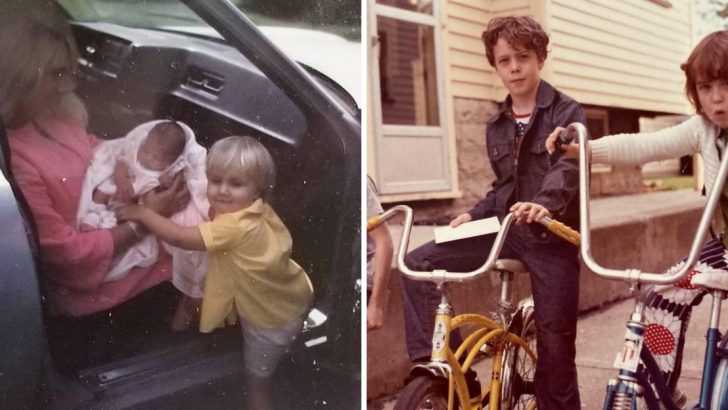The 1970s was a decade of change and evolution, marked by vibrant culture shifts and groundbreaking advancements. But when it came to parenting, some practices from that era now seem questionable, if not downright alarming. As we look back, it’s important to appreciate how far we’ve come in understanding child development and well-being. Today’s parents benefit from a wealth of information that emphasizes empathy, safety, and respect for a child’s individuality.
The following list highlights 13 parenting practices from the ‘70s that have thankfully been left behind, showcasing the progress society has made in nurturing the younger generation. These practices remind us of the importance of growth and adaptation in parenting. With evolving societal norms and scientific insights, contemporary parenting approaches have paved the way for healthier and more supportive family dynamics. T
Spare the Rod, Spoil the Child
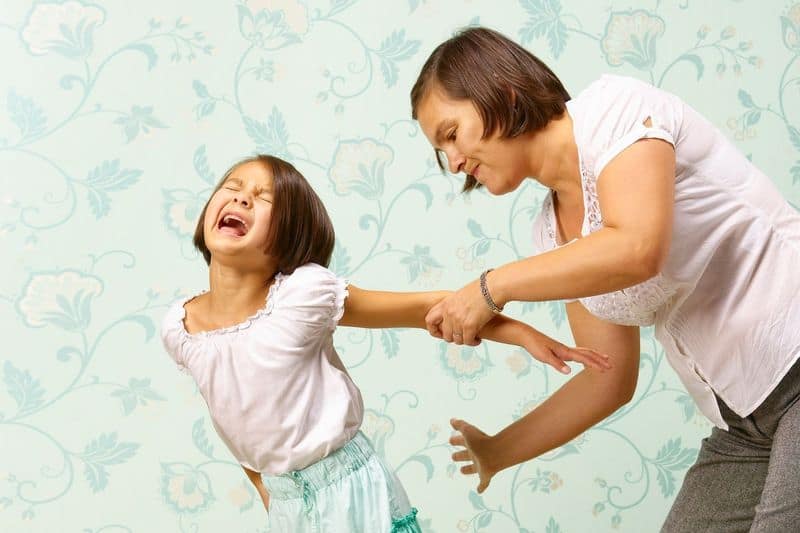
In the 1970s, corporal punishment was a widely accepted method of disciplining children. Parents believed in the adage, “Spare the rod, spoil the child,” and often used physical means to enforce discipline. Today, this approach is seen as harmful and counterproductive. Modern parenting emphasizes positive reinforcement and understanding the root causes of behavior. Research has shown that physical punishment can lead to increased aggression and emotional issues in children. The shift towards non-violent discipline methods reflects a broader understanding of child psychology and highlights the importance of building trust and communication.
Kids Being Seen and Not Heard
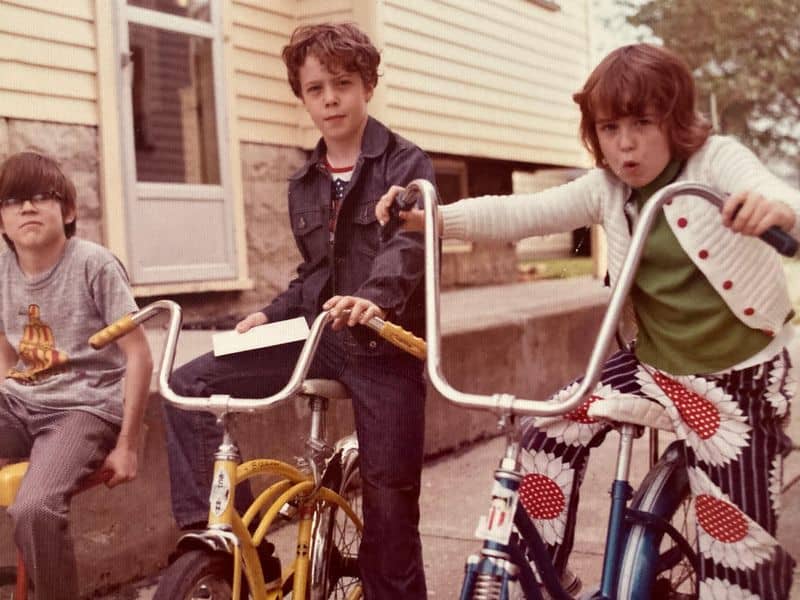
In the past, children were expected to be quiet and obedient, often being told to be “seen and not heard.” This suppression of voice stifled creativity and self-expression. Today, we understand the importance of allowing children to express their thoughts and feelings. Encouraging open communication fosters confidence and emotional intelligence. Children are now seen as individuals with valuable perspectives. This change signifies a more inclusive approach to parenting, where children are encouraged to participate in conversations and decision-making, promoting their autonomy and critical thinking skills.
Laissez-Faire Attitude Towards Supervision
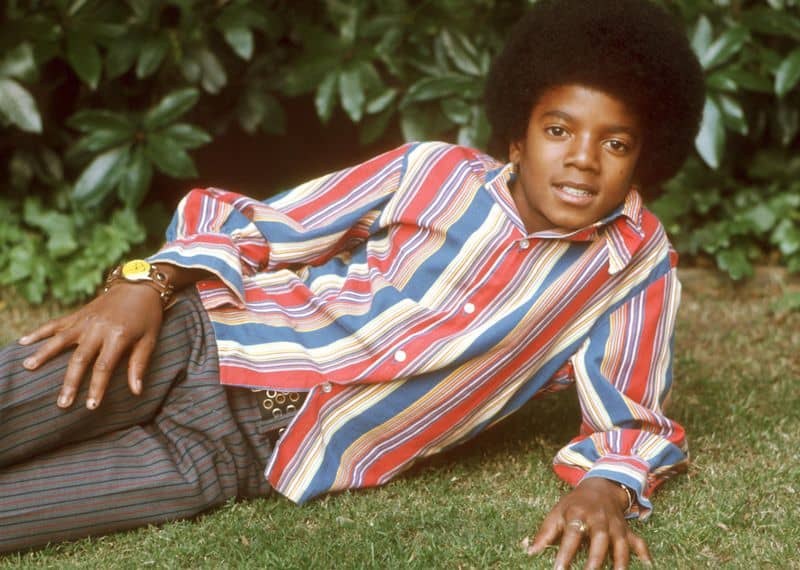
Back in the 70s, parents often adopted a laissez-faire approach, allowing children to roam freely without supervision. This lack of oversight was seen as a way to encourage independence. However, it often led to unsafe situations, as children lacked necessary guidance. Today, supervision is balanced with fostering independence, ensuring safety while promoting growth. Modern parents understand the importance of being present and attentive, providing a watchful eye while still giving children the space to learn and explore. This balanced approach aligns with current understandings of child safety and development.
Smoking Around Children
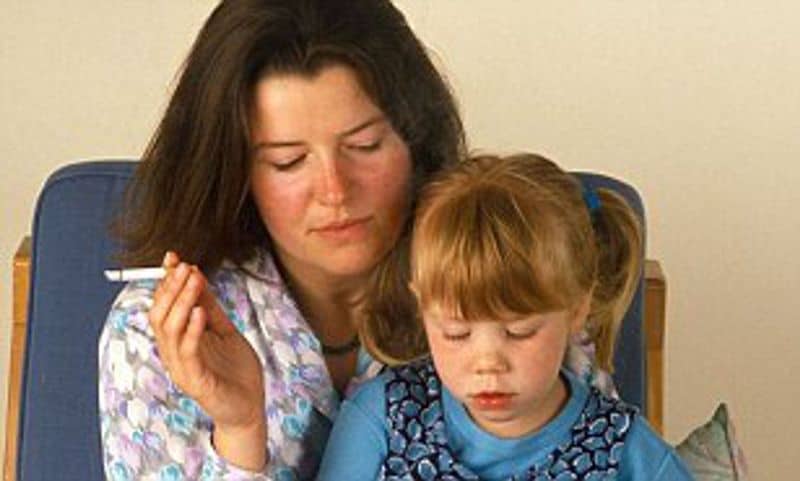
In the ’70s, smoking was socially acceptable, even around children. Parents often smoked indoors and in cars, unaware of the dangers of secondhand smoke. Today, we know that exposure to secondhand smoke can lead to respiratory issues and other health problems in children. Society has become more health-conscious, and smoking around kids is now heavily discouraged. This shift reflects an increased awareness of the environment’s impact on children’s health and well-being. The change highlights the importance of creating a safe and healthy space for children to thrive.
Gender-Specific Expectations
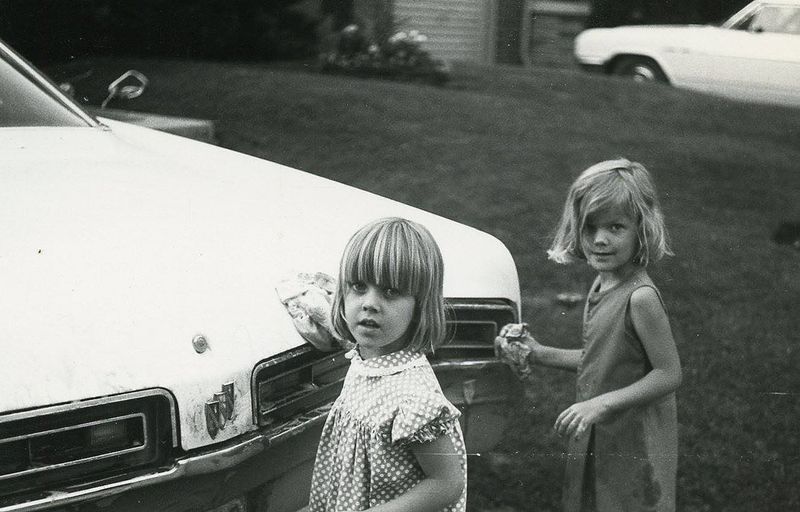
During the 70s, strict gender roles were enforced, with boys and girls expected to conform to specific behaviors and interests. Toys, activities, and even career aspirations were gendered. Today, there is a growing acceptance of gender fluidity and the idea that children should explore diverse interests regardless of gender. This shift encourages creativity and individuality, allowing children to develop their unique identities. By breaking down gender stereotypes, modern parenting supports a more inclusive and accepting environment for all children, fostering equality and respect in their formative years.
Ignoring Mental Health
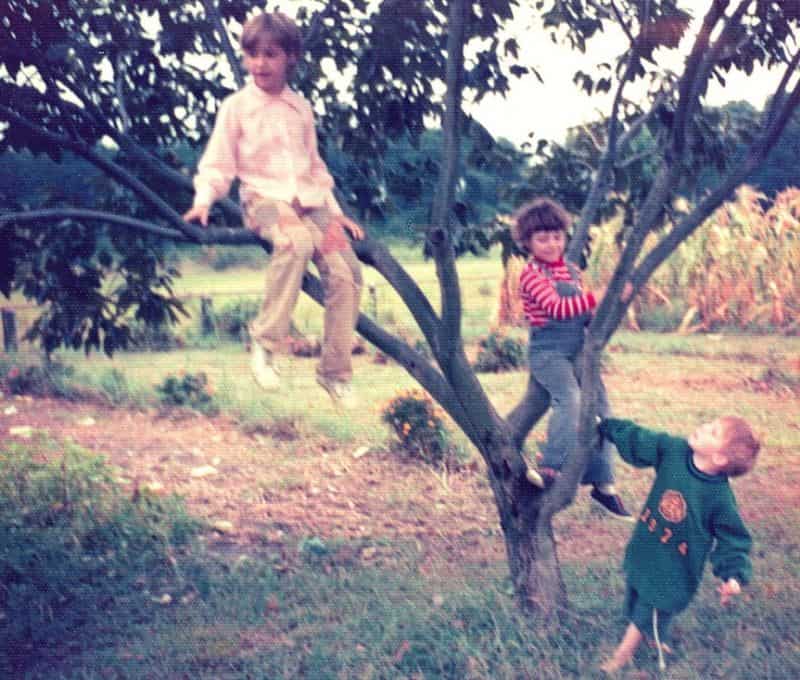
In the ’70s, mental health was a topic often brushed aside, especially in children. Emotional struggles were frequently dismissed as mere phases. Today, there is a greater understanding and acknowledgment of mental health issues. Parents are more proactive in addressing these concerns, seeking professional help when necessary. This change reflects a broader societal recognition of the importance of mental well-being. It empowers children to speak openly about their feelings and challenges, reducing stigma and promoting healthier coping mechanisms. Acknowledging mental health is now a crucial aspect of nurturing a child’s development.
Lead-Based Toys and Paint

In the ’70s, lead was commonly found in toys and household paints, posing significant health risks to children. Lead exposure can lead to developmental delays and other serious health issues. Today, strict regulations prohibit the use of lead in consumer products, ensuring a safer environment for children. This shift towards safer materials reflects an increased awareness of environmental health hazards. Parents now prioritize safety in the products they choose for their children, emphasizing the importance of protective measures. This evolution underscores a commitment to safeguarding children’s health and development.
Lack of Car Safety Measures

Car safety in the ’70s was minimal, with children often riding without seatbelts or proper restraints. This lack of safety measures posed serious risks in the event of an accident. Today, car safety standards have dramatically improved, with laws mandating the use of car seats and booster seats for children. These advancements reflect a greater awareness of the need to protect children on the road. Parents are now more vigilant about car safety, understanding the critical role it plays in preventing injuries. This evolution highlights the importance of prioritizing children’s safety in all environments.
Unregulated Screen Time
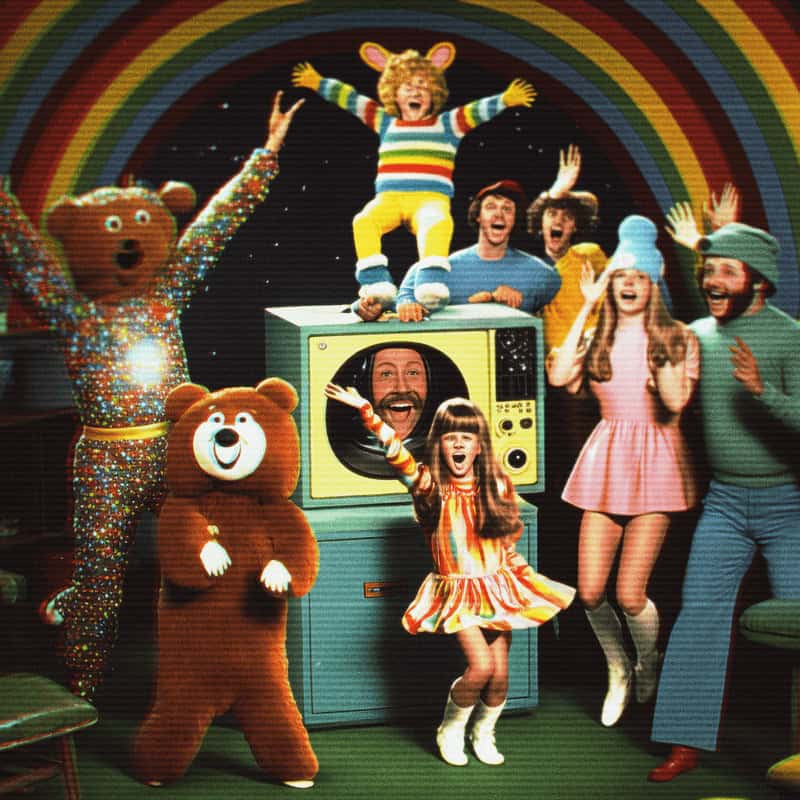
Back in the ’70s, screen time was largely unregulated, with children spending hours in front of the television. This passive consumption of media often led to a sedentary lifestyle. Today, parents are more conscious of the impact screen time has on development and encourage more interactive and balanced activities. The focus has shifted towards educational content and setting limits to promote physical activity and social interaction. This change highlights the importance of mindful media consumption and its role in fostering a well-rounded upbringing for children. Parents now strive to create a balanced approach to technology.
High Sugar Diets

The ’70s saw a surge in the popularity of sugary snacks and cereals, often marketed directly to children. This high sugar intake contributed to health issues such as obesity and dental problems. Today, there’s a growing emphasis on balanced nutrition and the impact of diet on overall health. Parents are more informed about the nutritional value of food and make conscious choices to ensure a healthier diet for their children. This shift reflects a broader understanding of the connection between diet and well-being, promoting long-term health from an early age.
Minimal Parental Involvement in Education

In the ’70s, parental involvement in education was often limited, with schools seen as the primary educators. Today, parents are more engaged in their children’s education, recognizing their role as active participants in learning. This involvement supports a child’s academic success and personal growth. Parents now collaborate with teachers, attend school events, and help with homework, fostering a supportive educational environment. The shift from passive to active involvement reflects an understanding of the holistic nature of education, highlighting the importance of a partnership between parents and schools.
Disregard for Childproofing
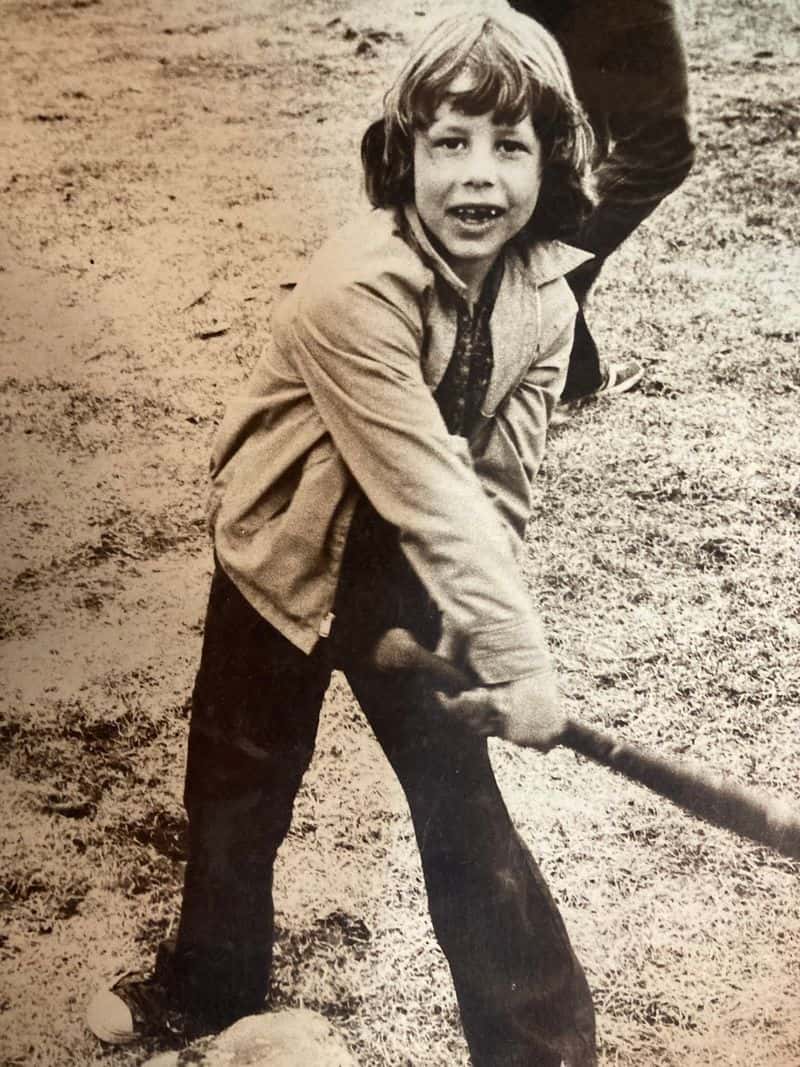
Childproofing was not a common practice in the ’70s, with homes containing potential hazards like sharp furniture edges and unprotected outlets. Today, childproofing is a standard practice, with parents taking proactive steps to ensure home safety. This involves using protective covers, securing furniture, and removing choking hazards. The emphasis on creating a safe living environment reflects a deeper understanding of accident prevention. Modern parenting prioritizes safety and prevention, recognizing that a secure environment is essential for a child’s exploration and development. This evolution underscores the importance of vigilance in protecting young children.
Overemphasis on Academics
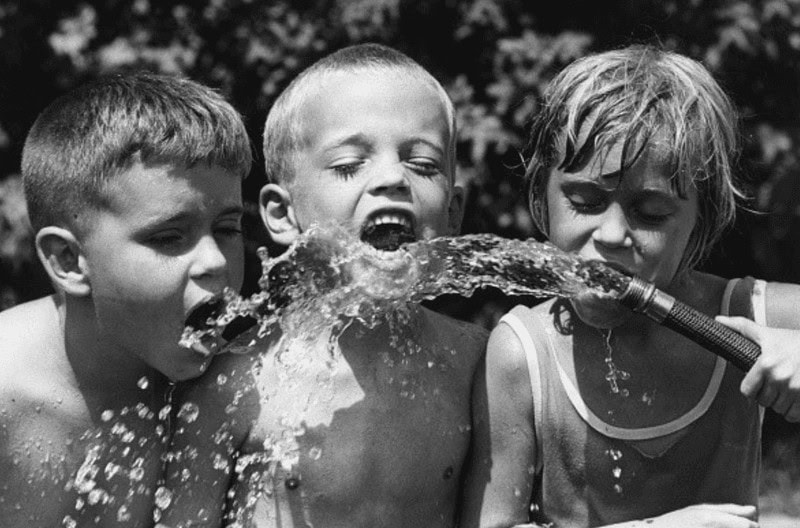
In the ’70s, there was a strong emphasis on academic achievement, often at the expense of creativity and play. Education was primarily focused on rote learning and memorization. Today, there is a shift towards a more balanced approach that values creativity and critical thinking. Parents and educators encourage a holistic education, integrating arts and extracurricular activities. This change reflects an understanding that well-rounded development includes emotional, social, and intellectual growth. By fostering diverse skills, modern parenting nurtures children to become adaptable and innovative thinkers, preparing them for a complex and dynamic world.

Well, hello there!
My name is Jennifer. Besides being an orthodontist, I am a mother to 3 playful boys. In this motherhood journey, I can say I will never know everything. That’s why I always strive to read a lot, and that’s why I started writing about all the smithereens I came across so that you can have everything in one place! Enjoy and stay positive; you’ve got this!

